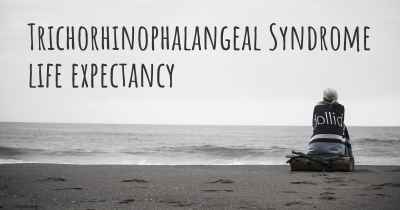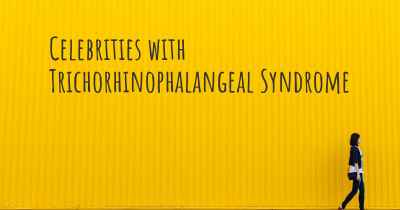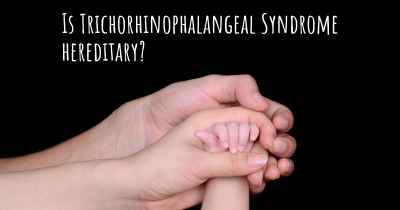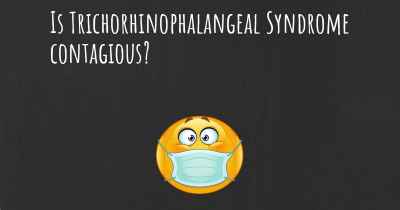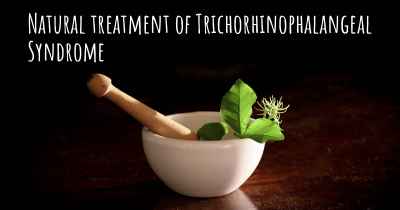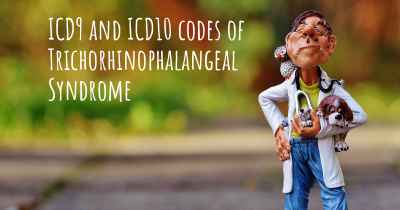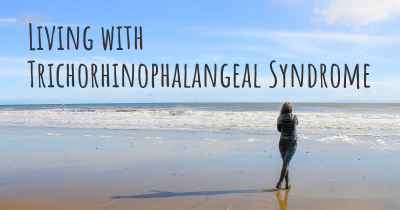Which are the causes of Trichorhinophalangeal Syndrome?
See some of the causes of Trichorhinophalangeal Syndrome according to people who have experience in Trichorhinophalangeal Syndrome
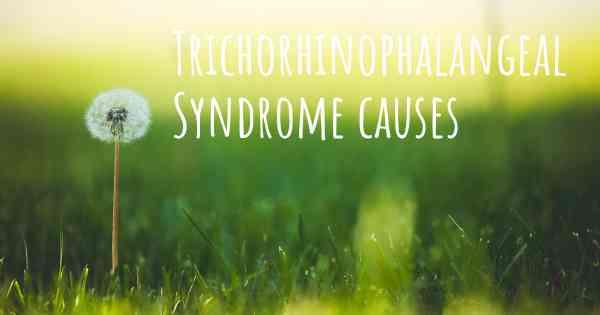
Trichorhinophalangeal Syndrome (TRPS) is a rare genetic disorder that affects multiple parts of the body, including the hair, nose, and fingers. It is characterized by distinctive physical features and can vary in severity from person to person. TRPS is caused by mutations in the TRPS1 gene, which plays a crucial role in the development and maintenance of various tissues.
Genetic Mutations: The primary cause of TRPS is mutations in the TRPS1 gene. These mutations can be inherited from one or both parents or occur spontaneously during early development. The TRPS1 gene provides instructions for producing a protein that regulates the activity of other genes involved in the growth and development of various tissues. Mutations in this gene disrupt the normal functioning of the protein, leading to the characteristic features of TRPS.
Autosomal Dominant Inheritance: TRPS follows an autosomal dominant pattern of inheritance, which means that an affected individual has a 50% chance of passing the condition on to each of their children. In some cases, TRPS may occur sporadically without a family history of the disorder due to new mutations in the TRPS1 gene.
Physical Features: TRPS is characterized by a distinct set of physical features, including sparse hair, a bulbous nose, and abnormalities in the fingers and nails. Individuals with TRPS often have thin, slow-growing hair that may be curly or kinky. The nose is typically broad and rounded, with a flattened appearance. The fingers may be short and stubby, and the nails can be abnormally shaped and brittle.
Other Symptoms: In addition to the physical features, TRPS can also present with other symptoms. These may include skeletal abnormalities such as short stature, cone-shaped epiphyses (the rounded end of a long bone), and joint problems. Some individuals may experience intellectual disability, although this is generally mild in TRPS.
Diagnosis: Diagnosis of TRPS is typically based on the presence of characteristic physical features and confirmed through genetic testing. A thorough clinical evaluation, including a detailed medical history and physical examination, is essential for accurate diagnosis.
Treatment and Management: Currently, there is no cure for TRPS, and treatment focuses on managing the symptoms and improving quality of life. This may involve a multidisciplinary approach, including regular monitoring of growth and development, orthopedic interventions for skeletal abnormalities, and supportive care for intellectual and developmental challenges.
Conclusion: Trichorhinophalangeal Syndrome is a rare genetic disorder caused by mutations in the TRPS1 gene. It is characterized by distinct physical features, including sparse hair, a bulbous nose, and finger abnormalities. While there is no cure for TRPS, early diagnosis and appropriate management can help individuals with the condition lead fulfilling lives.
